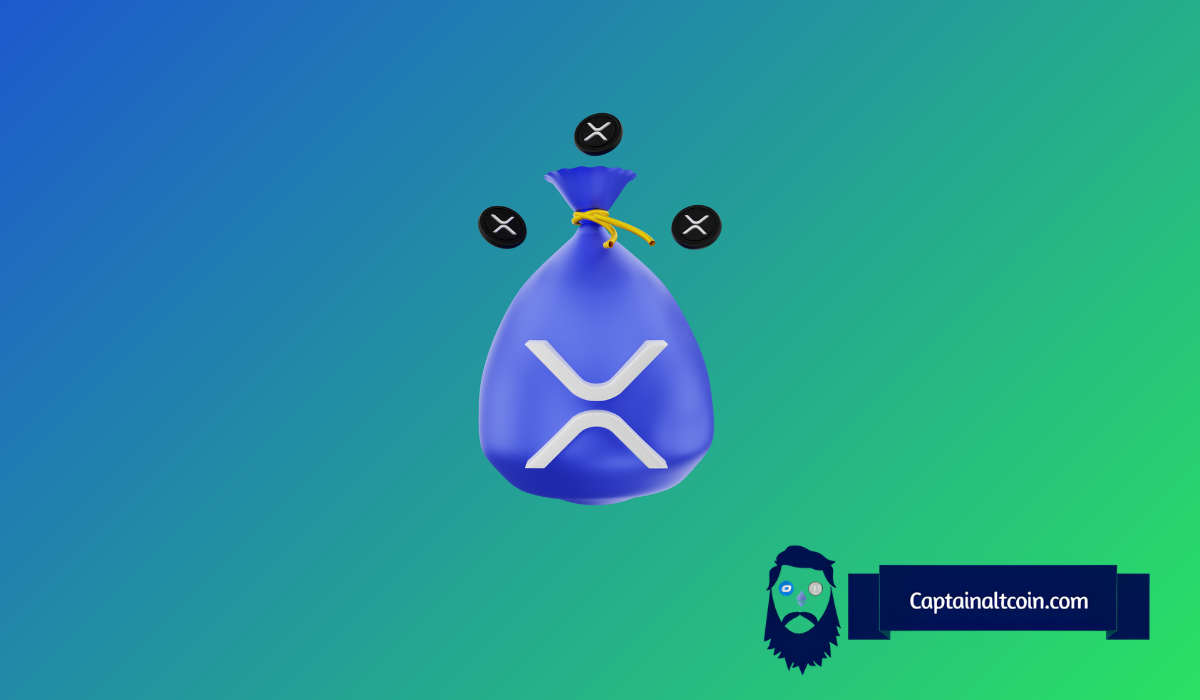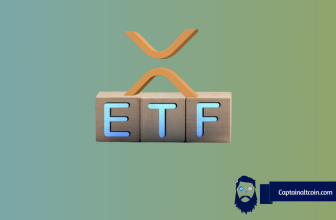
A question hits harder when it goes against the trend. Why would one of our expert analysts from Captain Altcoin sell every single XRP even after years of following Ripple closely and respecting what the company is building?
The answer surprised many inside our team because it was not emotional, dramatic, or tied to a single event. It grew from months of research and a realization that the story presented to the public no longer matched the data behind XRP itself.
Our analyst framed it simply on our YouTube channel. The token was not reflecting the progress Ripple kept announcing. That created a strange tension in the portfolio. Value was being built by Ripple. Utility was not rising for XRP. That disconnect became too wide to ignore.
What you'll learn 👉
What Ripple Is Doing Well Compared To What XRP Is Actually Doing
Ripple crossed 300 global partners recently, according to public reports. The list includes banks, financial firms, and payment companies from Japan, the United States, and Europe. The analyst respected the scale of that achievement. The problem appeared when he started breaking down what these partners actually use.
Most rely on RippleNet or its messaging system. Some are exploring RLUSD, the new stablecoin. Very few rely on XRP to solve their internal liquidity problems. The token plays only a small role in many of these arrangements. Every time our analyst checked a new partnership announcement, the pattern repeated. Ripple was winning deals. XRP was not central to the process.
That was the first moment he questioned his position. Ripple looked like an infrastructure provider. XRP looked like an optional piece that rarely made it into real production flows. A comparison popped up during the discussion. Solana was once a fast experimental network that attracted early innovators who relied on its speed. XRP did not seem to have that kind of narrative anymore.
The Hard Look at XRP Ledger Activity and What It Reveals
Data on the XRP Ledger added more weight to the decision. Daily active addresses stayed around 25,000 for a long time. Transaction activity lagged behind Solana by a wide margin. The sharpest moment came when Ripple’s CEO admitted that active XRP wallet usage was down 94% from peak levels.
The analyst kept repeating that number while going through charts with us. 94% is not a slowdown. It feels like an abandoned room. A quick spike did happen when the Mastercard and Gemini pilot launched on XRPL. Wallet creation and XRP price jumped; momentum also vanished almost immediately.
That short burst reminded him of fireworks. Beautiful for a moment, then gone. It showed that excitement could bring temporary attention but did not bring long-term usage. The broader blockchain landscape kept moving toward tokenized assets and real institutional DeFi. XRPL still occupied an uncertain space inside that shift.
Ripple’s Major Advances and the Question Behind Them
Ripple raised $500 million and received a huge valuation. The company also opened the door for developers through an EVM-compatible sidechain. The analyst appreciated that effort. He viewed it as Ripple planting seeds for future innovation.
A question formed each time he reviewed these updates. Why would developers or institutions suddenly choose XRPL if they showed limited interest in the original chain? If the existing ledger struggled to maintain regular activity, the new sidechain needed more than hope to gain traction.
Another question bothered him. If banks prefer stablecoins or direct fiat rails for most operations, what unique value does XRP provide in that pipeline? Ripple kept preparing the infrastructure. XRP kept sitting on the sidelines. That mismatch created the turning point.
The One Thing That Would Bring XRP Back Into the Analyst’s Portfolio
Usage became the only answer. XRP needed to move through real settlement flows. It needed to appear in remittances, cross-border payments, liquidity cases, and institutional procedures. Excitement around announcements could not replace actual measurable demand.
Our analyst keeps a simple checklist for tokens he reconsiders. Consistent wallet growth. Real developer activity. Productive DeFi volume. Clear traction inside tokenized asset markets. XRP has not shown those signals recently. Until the data shifts, he prefers to allocate capital elsewhere.
Price history supported his argument. XRP reached almost $3.60 after Ripple’s recent legal victory. The token later fell to roughly $2 while many altcoins started stabilizing. Even major milestones like the funding round or the Mastercard pilot only created short-lived reactions.
Read Also: ZEC ETF Hype Isn’t Enough: Why Zcash Still Risks a Crash to $100
Those short peaks created a pattern. Immediate excitement followed by heavy selling pressure. The analyst viewed that as a sign that the broader market did not trust long term upside. Price did not reflect progress at the company level. That only strengthened his concern about the token’s place inside Ripple’s ecosystem.
Why The Analyst Still Respects Ripple Despite Selling XRP
Selling the token never meant he disliked the company. Ripple continues to create valuable tools. Ripple continues to explore new markets. Ripple continues to push boundaries. Our analyst simply reached a point where he needed XRP to be the engine of that growth rather than a passenger on the side.
Investing for him is about evidence. Tokens need to earn their place with measurable performance. Potential alone is not enough anymore. He wants XRP to succeed. He wants XRPL to attract developers. He wants Ripple’s institutional vision to include real demand for the token. He is just waiting for the charts and metrics to confirm it.
Subscribe to our YouTube channel for daily crypto updates, market insights, and expert analysis.








